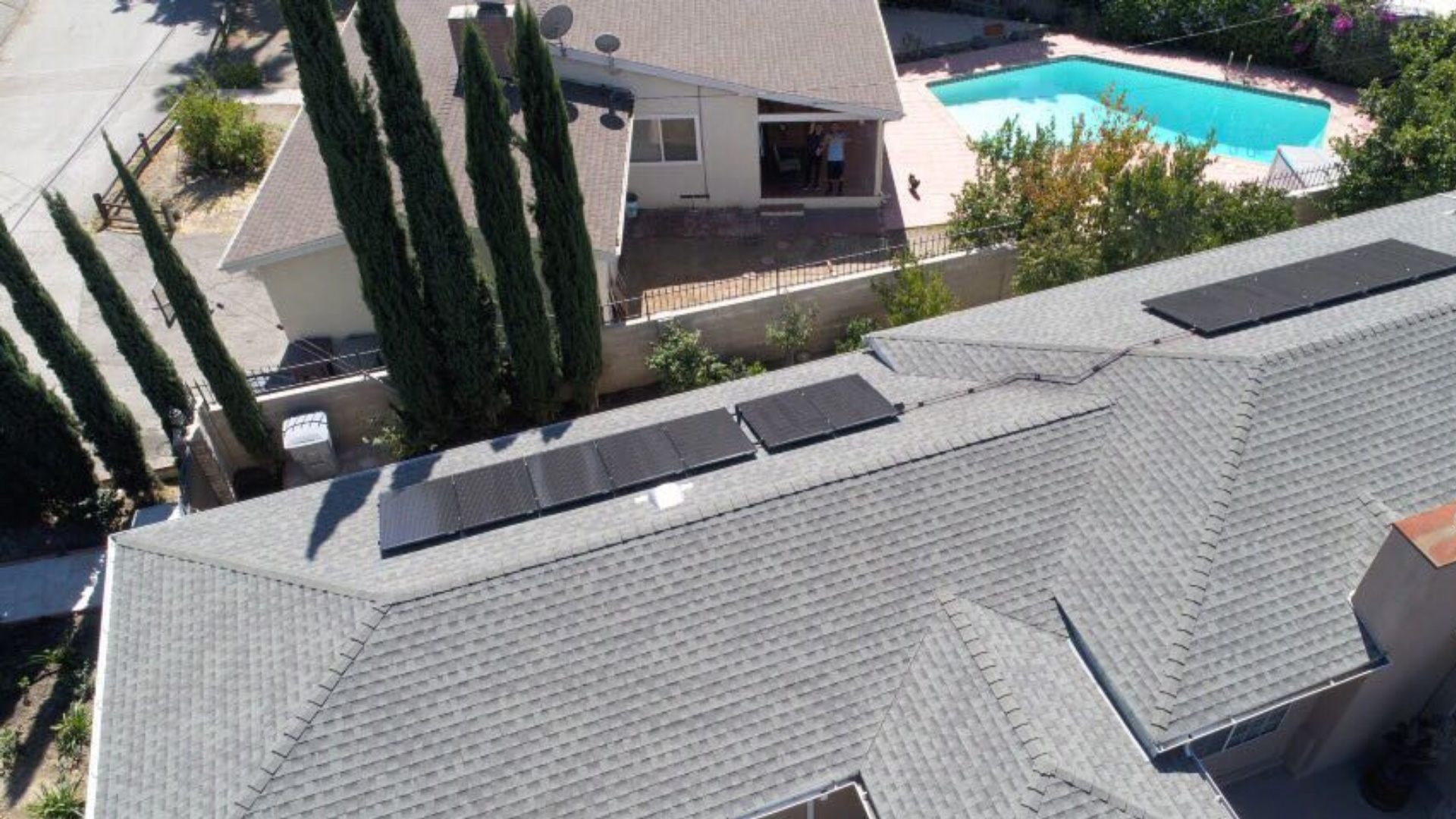Nevada is mostly sunny, and thus solar power is a popular energy source. More than 600,000 homes have residential solar power, generating about 13% of all electricity in Nevada.
The net metering rule allows residents of Nevada to create renewable electricity at any time and sell the surplus to the state electrical grid at a specified rate. The popularity of solar power in Nevada makes the net metering rule a critical part of energy regulation and public policy.
What Is Net Metering?
The net metering rule in Nevada is a policy that governs the production and usage of wind and solar energy in private homes within the state. The adoption of net metering has encouraged renewable energy production in Nevada. Net metering rules outline the rates at which the state government will buy the energy generated from a private citizen’s renewable energy systems.
How Does Net Metering In Nevada Work?
The net metering policy generates customers’ utility bills based on their net electricity usage. As mentioned above, private citizens can generate electricity from their home solar panels and send it to the electrical grid. During the billing cycle, the amount sent to the electrical grid is compared to the energy usage to determine the net energy usage.
Therefore, individuals are given credits for every kilowatt they remit to the grid. The utility meter will keep track of your credits to determine the net utility bill. Credits are typically valued slightly lower than the rates Nevadans pay for electricity.
The History Of Net Metering In Nevada
Nevada first introduced net metering in 1997 to promote the generation and consumption of renewable energy. Over the years, the net metering system has been an integral part of Nevada’s energy sector, with the proceeds helping many people cover the cost of installing solar panels.
In December 2015, the state legislators voted in favor of the anti-solar energy proposal after the state had reached its renewable energy cap. The public utility commission of Nevada (PUCN) enacted the laws that brought down the value of net metering credits.
In 2017, the state senate reversed the decision by PUCN and introduced better rates. These policies led to more investment in solar panels, which saw the value of credits fall from 95% of retail value to 75% by 2021. The 2017 bill created a clear plan for future valuations and introduced protection for solar customers.
What Are The Energy Rates And Prices For Net Metering?
Nevadans receive 75% credit for all electricity they send to the grid that exceeds their grid usage. Nevadans have the choice of using the Time of use (TOU) or standards of use rates in their billings. TOU rates differ in northern and southern Nevada because of the difference in cost and energy demand. Even though only NV energy offers net metering in the state, the public utility commission has ensured that the company has suitable programs for its customers.
Ideally, the net metering rules changes may affect many customers within the state of Nevada. Therefore, as a consumer, you must prepare for the net metering changes. You can also get the best solar in Nevada from Solar Optimum roofing. Contact us today for more information.







